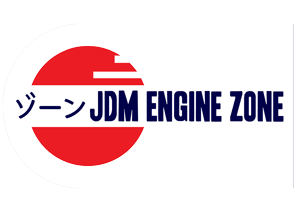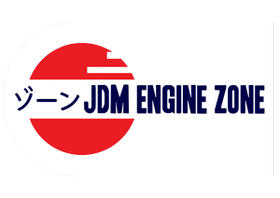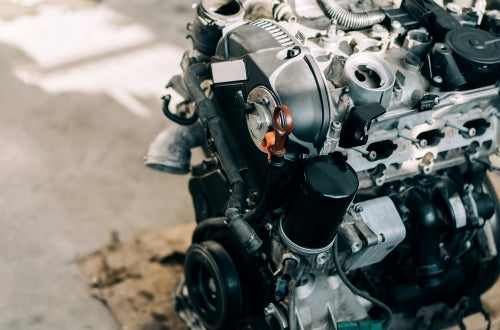JDM Engine and Emission Regulations in United States: What You Need to Know
What are JDM Engines?
JDM engines are engines that are specifically manufactured for the Japanese market, and they differ from the engines created for other global markets. The engines are usually produced in a specific model, and they come with various features that are different from the engines made for the U.S market. Some unique features that attract the JDM engine enthusiasts include higher horsepower and torque, less restrictive designs, and more advanced turbocharging systems; and in some cases, higher fuel efficency.
The Legal Agreements Guiding JDM Importation into the United States:
The United States government is responsible for importing and exporting commodities to different countries. The importation of vehicles and engines falls under the National Highway Traffic Safety Administration (NHTSA), which is responsible for ensuring that all imported vehicles meet the Federal Motor Vehicle Safety Standard before their release into the local market.
According to the NHTSA, custom-built cars or imported JDM engines must have cut-off switches or a fuel pump disconnection system, which ensures they are safe to operate. Additionally, imported engines should comply with the Environmental Protection Agency's (EPA) emission standards, which ensure that the environment is protected against harmful exhaust emissions.
Are JDM Engines Compliant with U.S Emission Standards?
It's important to note that JDM engines are not easy to certify for EPA emissions. The certification process requires approval from the manufacturer, where they confirm that a particular engine model has met the necessary emissions standards. Unfortunately, most manufacturers do not compute the EPA standard for all JDM engines, making it hard to imports some JDM engines because they do not comply with the Federal emission standards.
However, there is a loophole that importers exploit to bypass the EPA standards. The 25-year rule allows any car that is older than 25 years to import to the U.S without any limitations imposed by the NHTSA and EPA, significant for JDM enthusiasts who are looking to import specific models of engines to the US.
Consequences of Not Following the JDM Engine Regulations in the US:
If you're not careful when importing JDM engines, you may get into trouble with local authorities. For Example, the illegal importation of JDM engines can lead to hefty fines, vehicle seizure, and even imprisonment. Before purchasing a JDM engine or importing one into the US, it's vital to familiarize yourself with the laws and regulations relating to their importation and use.
In conclusion, the use of JDM engines in the United States is highly regulated, with strict guidelines set by the NHTSA and the EPA. Although the 25-year rule may present a loophole that some follow to import non-compliant JDM engines, it's essential to understand the rules and regulations before the purchase or importation process. As much as the JDM engines come with significant benefits in terms of horsepower, torque, and advanced turbo systems, you should never compromise the regulations that protect the environment and ensure road safety. Here at JDM Engine Zone, all our engines and parts are compliant with the national standarts; so you need not to worry about anything other than driving your car!




